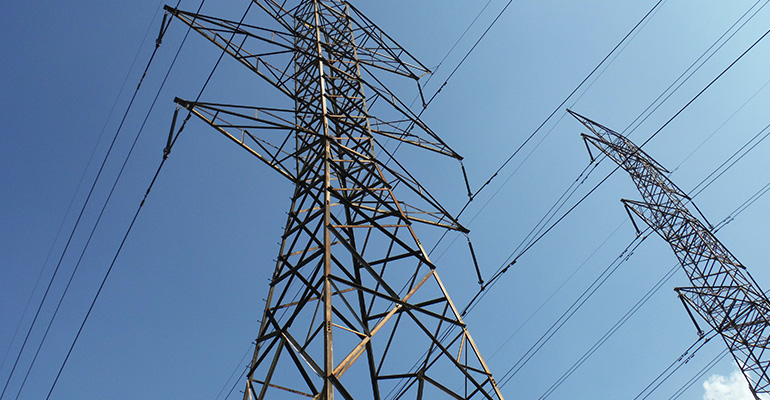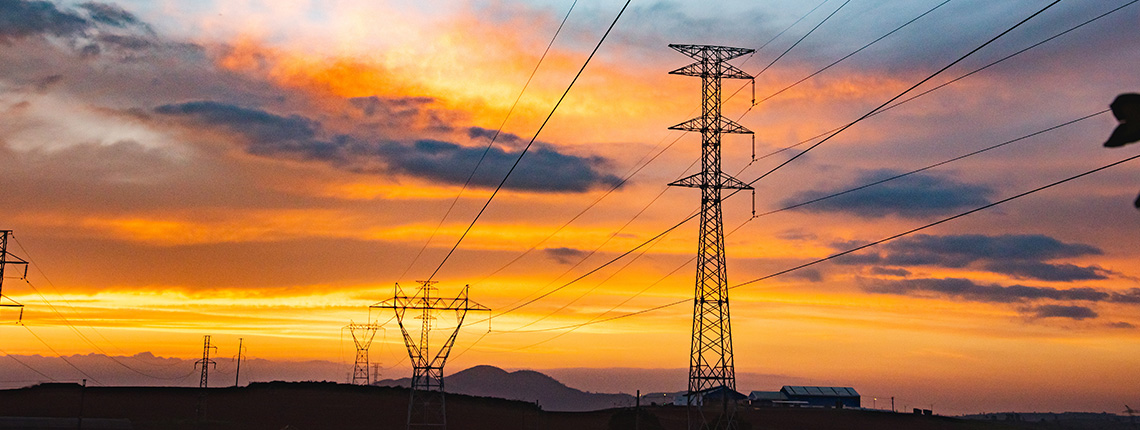Uninterrupted electric power supply has always been a challenge for governments, businesses and the general public. Due to the numerous blackouts that have occurred, emphasis needs to be placed on the importance of the electricity supply’s safety and reliability. On the other hand, the growing degree of electrification of modern societies, a high penetration of renewable energy generation, the development of new forms of electric mobility and the increase in digitalization, make the modernization of distribution networks a strategic priority.
At present, many networks suffer from problems due to lack of investment. In addition, the continuous deregulation process following the functional and regulatory uncertainty existing in the sector, together with the destabilizing effect on the grid as a whole due to the rapid growth of the generation of renewable energy sources (especially wind energy), has worsened the problem. For all these reasons, CEMOSA focuses its efforts on developing flexibility mechanisms that make energy transmission networks more efficient and reduce the investments required in electricity supply infrastructures.
40% of energy consumption and 32% of CO2 emissions in Europe are due to buildings, i.e., to final consumer daily activities.

This new scenario seeks to decarbonize power generation by incorporating renewable generation units into the electricity grids, and the electrification of energy end-uses (such as electric vehicles and heat pumps). In this sense, the European Clean Energy Package rules recognize the distribution system operator’s (DSO) capacity to make distribution more flexible.
There are a number of technical aspects that must be taken into account to offer a flexibility solution:
- Nature of the problem: Control of voltage, congestion, island operation (microgrids).
- Quantification of flexibility needs (in MW, MVA), direction (energy injection or absorption), time and frequency of the problem.
- Network characteristics (topology): Capacity, configuration, meshed or radial system, etc.
- Network location area: Determine if it is a generalized, localized or third-party need.
- Degree of predictability: Identify whether it is an issue that is predictable (structural) or difficult to predict.
- Time horizon for flexibility contracting: Perform the planning of the operations involved to determine the time required.
- Degree of coordination between transmission and distribution networks: Level
of coordination required between the transmission system operator (TSO) and
the DSO, or between DSOs. - Distribution energy resources (DER) response times: The DERs connected to the distribution network allow to provide rapid response services (balances) or conventional response services (technical restrictions).
- Network monitoring level. With the aim of obtaining more information on flexibility needs.
From an economic point of view, the following aspects must be taken into account:
- Degree of standardization of certain flexibility service parameters. Their standardization makes it easier to facilitate the enabling of flexibility providers and reduce entry barriers.
- Liquidity. Determined by the number of potential offers to provide the service.
- Transaction costs. Related to the costs of commercial transactions in the relevant market.
- Entry and exit barriers. Entry barriers are mainly given by the legal framework or by the authorities’ regulatory decisions, while exit barriers include the cost of leaving a market and the ability to take advantage of the systems or investments made in other markets.
- Information access and availability. It is essential for relevant information to be accessible and available to all providers in order to be able to make decisions based on it.
- Phases of the creation of markets and incentive schemes depending on the type of need.
- Study the effectiveness and efficiency of flexibility mechanisms.
Bearing in mind the technical and economic characteristics discussed above, different solutions are offered for a DSO to have the capacity to provide flexibility mechanisms and services. These solutions are the following:
- Solutions based on the TSO-DSO coordinated common market. Intended for situations that have a potential impact of flexibility service on the network.
- Local market design-based solutions. For situations that have a lower potential impact on the network.
- In situations of low liquidity, there are other options:
- Employ long-term flexibility products such as bilateral contracts or auctions.
- Implement a price control supervised by the regulator.
Additionally, there is a set of regulatory recommendations for DSOs to use flexibility: a) implementation in the national regulation of Article 32 of European Directive 2019/944, which allows DSOs to incorporate and activate flexibility services and develop operating procedures to resolve technical restrictions in the network; b) regulation of the relationship between the new flexibility mechanisms with existing mechanisms (current markets and operating procedures); c) integration of the access and connection criteria of the different flexibility mechanisms; d) revision of the
remuneration framework for DSOs to develop incentives capable of adopting flexibility services.
CEMOSA is committed to leading this change and being a benchmark in the energy sector
In this context, CEMOSA is committed to leading this change and being a benchmark in the energy sector. The company is firmly committed to a completely flexible and reliable electricity network, which guarantees a high-quality energy supply, since it collaborates in the development of the necessary technology and has the resources and capabilities to address the flexibility of the electricity networks.


